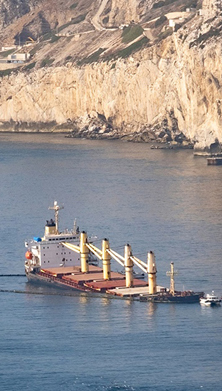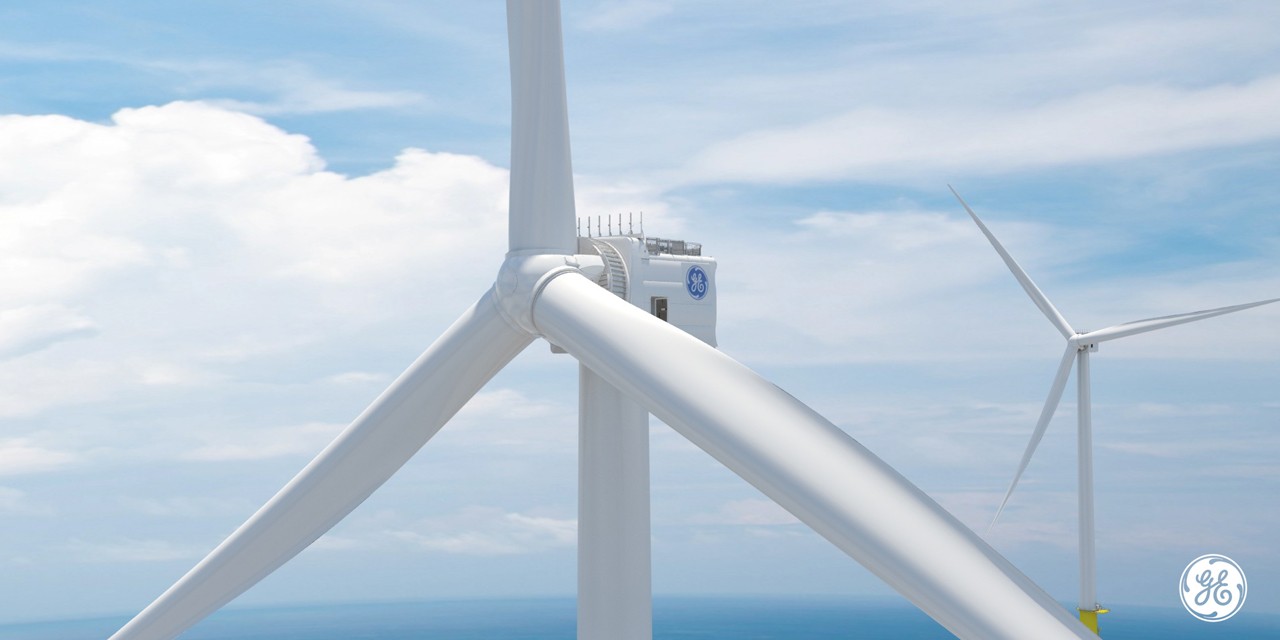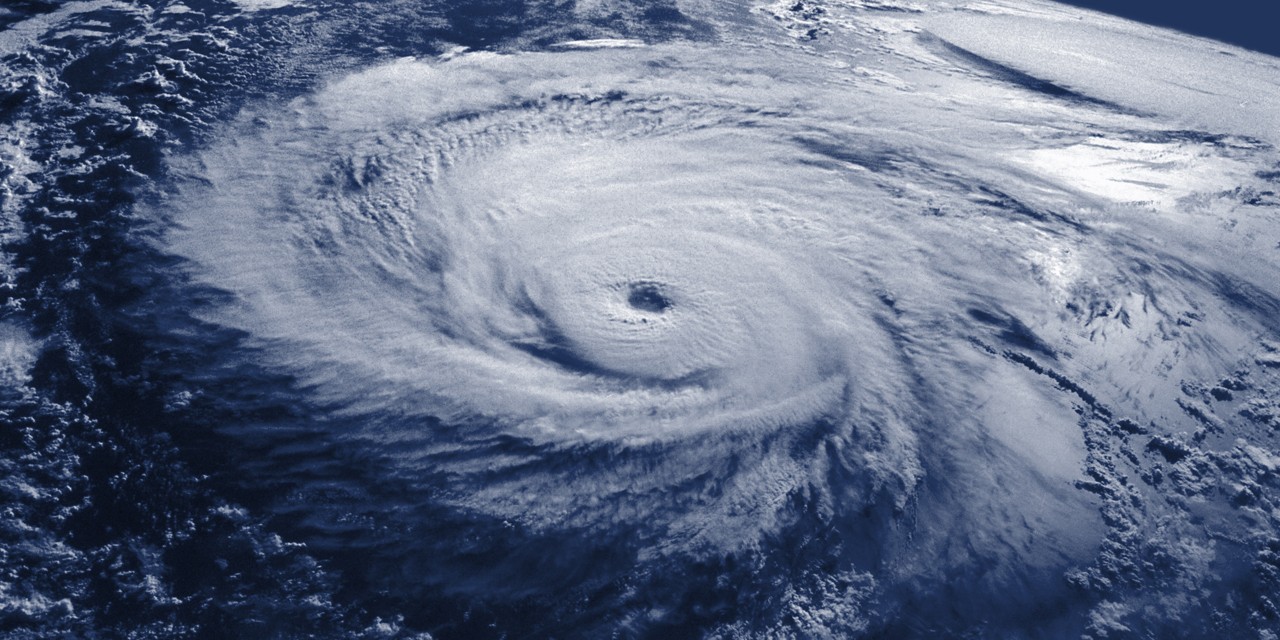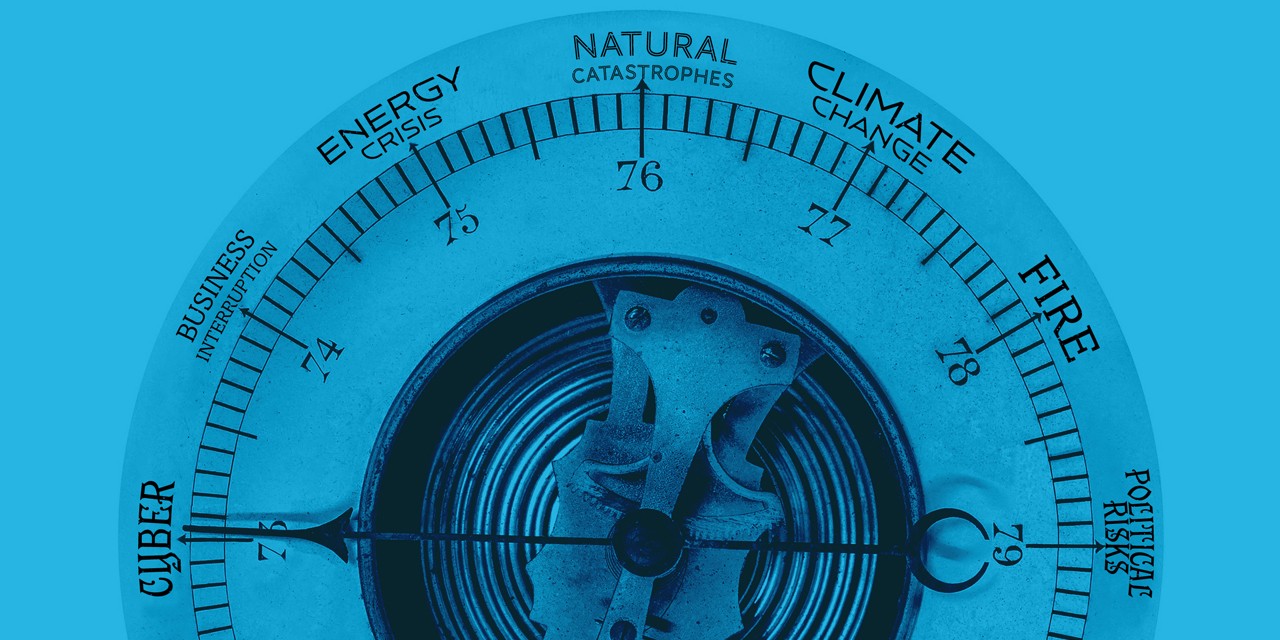- Increasing E-waste has led to calls for new regulation and more innovative solutions, which may become a source of income but also expose a range of risks.
- Risk are identified regarding health impacts, environmental impacts and regulatory control.
Key findings
Introduction
Electronic waste, or e-waste, is an emerging problem as well as a business opportunity of increasing significance especially in the circular economy. The volumes of e-waste being produced is rising and with this, the content of both toxic and valuable materials in the waste stream is increasing. These valuable materials that are found in e-waste can enable the circular economy by creating a more sustainable approach by a restorative and regenerative design by replacing the end-of-life concept with restoration, eliminate the use of toxic chemicals which impair reuse and return to the biosphere, and aims for the elimination of waste through the superior design of materials, products, systems and business models.
This risk briefing aims to outline the e-waste industry as a whole and identify some of the key risks to industrial insurance that might emerge from this activity.

What is e-waste?
E-waste is broadly defined as a range of electronic and electrical devices that have ceased to be of value to their users or no longer satisfy their original purpose. E-waste can be classified on the basis of its components and composition. One of the most widely accepted classifications is based on European Union directives that can be divided into the following 3 main categories:
- Household appliances: refrigerators, freezers, washing machines, clothes dryers, dishwashers, electric cooking stoves and hot plates, microwaves, electric fans, and air conditioners.
- Information technology (IT) and telecommunications equipment: mainframes, minicomputers, personal computers, laptops, notebooks, printers, telephones, and cell phones.
- Consumer equipment: radios, televisions, video cameras, video recorders, stereo recorders, audio amplifiers, medical devices and musical instruments.
According to the statistics of the Bureau of Economic Analysis in the US, the US spent $71 billion on electronic related equipment in 2017, which is five times the amount for 2010 even when adjusted for inflation. The United Nations Environment Programme (UNEP) also reported that the past three decades has seen unprecedented growth of e-waste as more products are produced and consumed by the increasing global population. Around 41.8 million metric tonnes (Mt) of e-waste was produced in 2014, and is projected to surge to 55Mt for the year 2020.
This pattern of consumption has made e-waste the world’s fastest-growing solid-waste stream. However, only a fourth of the world’s e-waste is recycled, according to a United Nations estimate and the rest is incinerated or ends up in landfills which may pose severe environmental risks.
Composition of e-waste
Electronic devices are made out of complex combination of materials that may include gold, silver, copper, platinum, palladium, lithium, cobalt and other valuable elements. According to the US Environmental Protection Agency, “One metric ton of circuit boards can contain 40 to 800 times the amount of gold and 30 to 40 times the amount of copper mined from one metric ton of ore in the United States”. These precious materials can be reclaimed by recycling. In 2016, the value of recoverable materials in e-waste was estimated to be $64.6 billion, but only 20% of that was properly recovered in the recycling process. The rest of it was dumped in landfills being lost for further production.
Additionally toxic materials may leach from e-waste and end up contaminating the water supply. Electronic devices can contain toxic heavy metals like lead, mercury, cadmium and beryllium, PVC plastics and hazardous chemicals, such as brominated flame retardants may harm humans when exposed to the chemical.

Why is e-waste a problem?
The following main issues may be posed by e-waste:
- Rapid obsolescence: E-waste is generated in high volumes due to the pace of technology innovation.
- Toxic design: E-waste is classified as a type of hazardous waste, which may pose adverse health impacts and environmental implications. About 40% of heavy metals are found in landfills coming from e-waste.
- Complexity: In the recycling industry, e-waste is considered as a highly complicated waste to be processed as it contains so many different materials that are mixed, bolted, screwed and soldered together. Toxic materials which are attached to non-toxic materials make dismantling difficult, and require intensive labour and/or highly sophisticated technology to separate materials.
- Labour issues: The labour needed to process e-waste or to collect them may get exposed to occupational hazards.
- Lack of regulation: Many nations still lack adequate regulations on e-waste streams, and/or lack of effective enforcement on new e-waste regulations.

A problem demanding multiple solutions
E-waste recycling
E-waste recycling is practiced both formally and informally around the globe. Formally, it can be done by disassembling the product, separating, and then categorizing them into different contents by material and cleaning them. Afterwards, the items are then mechanically sorted with advanced sorting technologies. Companies needed to have health and safety policies in place and use pollution-control technologies to reduce the hazards stemming out from e-waste recycling. Due to this complex process and involvement of sophisticated technology, formal e-waste recycling is expensive.
As a result, many companies and countries export their e-waste to developing countries, where informal recycling is unregulated, unlicensed and cheap. A study done by Basel Action Network in 2018 using trackers found out that EU countries has exported their e-waste to developing countries like Ghana, Hong Kong, Nigeria, Pakistan, Tanzania, Thailand, and Ukraine, outside of the EU. The 2018 data, if extrapolated, would total 352,474 metric tonnes per annum, moving from EU to the developing countries. At these informal recycling workshops, workers recover valuable materials from e-waste by burning the products to melt away non-valuable materials, using mercury and acids to recover gold, and separate products using their hands without any protective equipment to reclaim other materials of value. These workers are usually also less informed, and lack the awareness that they are handling hazardous materials. At the moment, efforts to reduce health and environmental hazards are being drafted to integrate the informal and formal recycling systems as maintaining the informal recycling system which supports many people in developing countries remained significant. One of the strategies was to give informal recyclers the incentive to divert e-waste to formal recycling centers. For instance, they could get paid more to deliver cathode ray tube at a formal recycling center rather than dismantling it by hand themselves.

Extended Producer Responsibility (EPR)
Second life importance and “right to repair”
Much e-waste can be repaired or repurposed, and that it is inevitable that second life products – such as batteries – can contribute to reduce the global e-waste problem. According to another study done by Circular Energy Storage in 2019, the global second life battery market will be worth $45 billion by 2030. They predicted that more than 1.2 million tonnes of waste lithium-ion batteries will be recycled worldwide by 2030. 75% of electric vehicle batteries – everything from e-scooters to buses, cars, trucks, construction vehicles and potentially even planes by 10 years’ time could be remanufactured into other vehicles or stationary energy storage systems.
In addition to that, it is also important for consumers to choose reparation rather than purchasing new electronic devices. The best practice for consumers to do is to resist buying a new device until they really need it. The “Right to Repair” is a concept spearheaded by farmers in the US dissatisfied with the non-availability of service information, specialized tools and spare parts for their high-tech farm machinery. Most of the electronic products today are subject to the copyright to repair, even though if the consumers have the know-how to repair their electronic devices but are stymied because of the copyright. By having the “right to repair” consumers are allowed with repairing and repurposing their electronic devices for selling or donating rather than trashing them.

What is the link to insurance?
The waste management and recycling industry is a diverse and growing industry around the globe. The AGCS customer segment consist mainly of corporate and multinational clients where activities reach from collection, transport, treatment, disposal of waste, together with monitoring and regulation of the waste management process. The type of waste that our customers deal with span from industrial, biological and household and can be solid, liquid, or gas and each type has different methods of disposal and management. E-waste is one segment in our customers activities and due to the value of the e-waste justifies a specific focus for handling.
A large portion of the waste management activities is carried out by the local Municipalities which may purchase their insurances in the open insurance market or have agreements with the local council for risk transfer.
Matthias Offermann, Head of Global Practice Group Utilities / Services / IT / Communication at AGCS Liability comments: “The third party liability risks reach from the operation of large scale industrial facilities where the general public may have access to drop household waste to landfill sites or incineration plants that produce electricity from the waste. We also find large motor fleets that are operated to collect waste that present a significant third party liability exposure. Bodily injuries and Property Damages caused to third parties can be significant and that is what is generally insured under a Public and Products Liability policy. Another developing risk may be the misuse of personal or sensitive data that may have not been properly erased from the smart phones or computers.”
According to a study done by Marsh in 2015, claims and losses for waste projects remained moderate, but faced with difficulties due to several incidents, as identified below:
- Health and safety of workers
- Operational risks
- Construction risks
- Environmental pollution
- Inactive hazardous waste sites
Insuring e-waste companies that are exposed to the above can expose insurers to several risks such as an increased possibility on claims, as well as increased likelihood of association to other incidents.
Focusing on the environmental pollution aspect to the air, soil and water, the waste management industry is generally speaking aware of its exposure. In many jurisdictions the “polluter pays principle” is established meaning that the party that is responsible for the pollution of the environment has to pay for any damages to the environment, harm to public health, and clean-up costs.
Arthur Lu, Head of Global Practice Group for Environmental Liability at AGCS comments: “The potential environmental impact stemming from the operation of e-waste facilities largely lies in the effects of leachate. The design of the disposal pits and subsequent maintenance could directly influence whether toxic materials are able to migrate from the holding cell into the subsurface soil and ultimately into water bodies such as groundwater, streams or rivers. The effects from pollution can damage adjacent third party properties including public land and resources, pose long-term health effects to the general public who rely on potable water sources, and require expensive remediation driven by various regulators. Most standard insurance programs in liability and property markets do not affirmatively address damages arising from pollution conditions. However, bespoke solutions are available in the environmental impairment marketplace.”
Matthias Offermann, Head of Global Practice Group Utilities / Services / IT / Communication at AGCS Liability adds further: “There is a broad variety in how Risk Management practices are applied around the globe for companies active in this sector. We find significant differences how companies manage their risks for example if we look at customers from the developed vs. developing nations but also by company size. How serious risk management is taken and displayed that has an impact on our risk appetite to underwrite such exposures and the breadth of coverage AGCS is willing to provide. Generally speaking, companies that have a robust and state of the art risk management system implemented are comfortable to retain a portion of the risk themselves and only seek risk transfer to the insurance industry for the unforeseen events. Other companies that do not display such characteristics may find it difficult to obtain appropriate insurance coverage.”
In order to succeed in this sector, the insurance industry has to look beyond to the future, identify key risks and challenges of tomorrow and develop appropriate mitigation. Risk management solutions and effective due-diligence procedures integrated in the relevant underwriting processes can help to reduce the risk of insuring industries that are related to e-waste companies that are acting contrary to agreed international or national regulations covering the e-waste industry.
The role of AGCS
AGCS supports its clients to identify and assess material risks and develops recommendations on how to mitigate these risks. In a fast changing world, AGCS identifies emerging issues and develops risk management strategies.
Our consulting team is available at: AgcsSustainability@allianz.com
We are dedicated to deliver the best possible solutions to the management, control and reduction of ESG risks.
References
> Basel Action Network (BAN). 2011. Toxic trade news: “Cochin Port a safe conduit for imported e-waste”; “Most aspects of e-waste not regulated in U.S., Va.”; “Research identifies U.S electronic waste as likely source of toxic jewellery imports from China”; “178 countries agree to allow the ban on exports of toxic wastes to developing countries to become law.” Available: http://www.ban.org/
> Cho. R (2018, May). What can we do about the growing e-waste problem? Retrieved from https://blogs.ei.columbia.edu/2018/08/27/growing-e-waste-problem/ , January 2020
> Circular Energy Storage(2019, November). China to Dominate Recycling and a Second Life Battery Market Retrieved from https://www.energy-storage.news/news/china-to-dominate-recycling-and-a-second-life-battery-market-worth-us45bn-b, January 2020.
> Environmental Protection Agency, https://www.epa.gov/smm-electronics/basic-information-about-electronics-stewardship#03 January 2020
> Harper, G., Sommerville, R., Kendrick, E., Driscoll, L., Slater, P., Stolkin, R., ... & Abbott, A. (2019). Recycling lithium-ion batteries from electric vehicles. Nature, 575(7781), 75-86.
> Kunreuther, H., & Gowda, M. R. (Eds.). (2012). Integrating insurance and risk management for hazardous wastes. Springer Science & Business Media.
> MacArthur, Ellen. Towards the circular economy. Journal of Industrial Ecology, 2, 23-44.
> Marsh (2015, October) Insurance Considerations for the waste management sector. Retrieved from https://www.marsh.com/uk/insights/research/insurance-considerations-for-the-uk-waste-management-sector.html , January 2020.
> Marsh Project Risk Insights (2014) What’s the problem with waste. Retrieved from https://www.oliverwyman.com/content/dam/marsh/Documents/PDF/UK-en/Waste%20insights%2009-2015.pdf, March 2020.
> Nnorom, I. C., & Osibanjo, O. (2008). Overview of electronic waste (e-waste) management practices and legislations, and their poor applications in the developing countries. Resources, conservation and recycling, 52(6), 843-858.
> Network, B. B. A. (2018). Holes in the Circular Economy: WEEE Leakage from Europe. Basel: BAN.
> OECD. Extended producer responsibility: a guidance manual for governments. Paris7 OECD; 2001.
> Semuels, A. (2019, May). The World Has An Electronic Waste Problem. Retrieved from https://time.com/5594380/world-electronic-waste-problem/ , January 2020
> Widmer, R., Oswald-Krapf, H., Sinha-Khetriwal, D., Schnellmann, M., & Böni, H. (2005). Global perspectives on e-waste. Environmental impact assessment review, 25(5), 436-458.
Credits
Author: Willie Koh
Editor: Phillip Blumenthal
Photos: Pixabay.com
Allianz Group companies
AGCS offices
Newsletter
Keep up to date on all news and insights from AGCS















